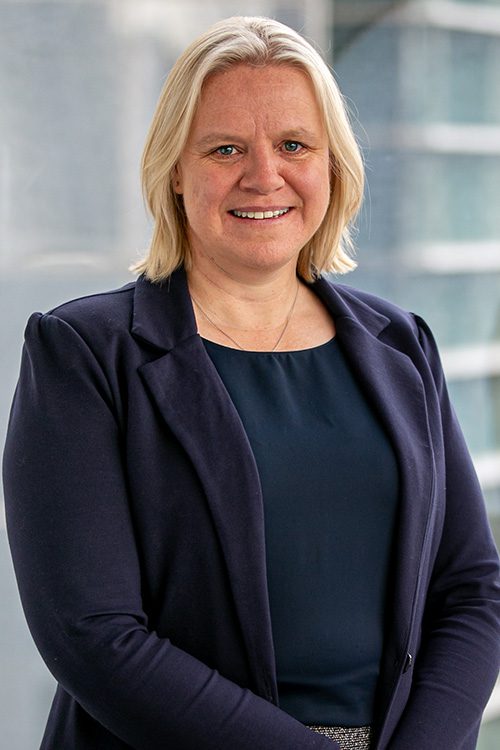Medical Service Entities: A Refresher
The topic of service entities is one that we are asked about regularly. We’ve written this article to serve as a simple point of reference to refresh your knowledge.
What is a service entity?
A service entity is a separate legal structure established by doctors in private practice. It provides asset protection by separating the running of the practice from the doctor.
Generally, it will:
- Employ all the staff
- Negotiate lease arrangements and sub-lease arrangements
- Purchase and provide equipment
- Incur all the expenses in the day to day running of the practice.
How does it work?
Under the associate model, in exchange for the payment of a service fee doctors will contract the service entity to provide the services noted above. The service fee must be at a commercial rate. Paying excessive service fees will attract the attention of the Australian Taxation Office and could be seen as tax avoidance. The patient fees will be income of the doctor who in turn pays the service entity the service fee, leaving a net profit for the doctor to pay tax on.
To ensure the validity of the arrangement there should be signed service agreements in place between the doctors (both owner and non-owner) and the service entity. The agreement will set out the terms under which the arrangement is in place.
In practical terms the service entity will usually collect all the patient fees on behalf of the doctors, withhold the service fee and pay the balance to the doctors. It is important that this is dealt with appropriately in the agreement and the doctor authorises the service entity to collect the fees as their agent. You should speak to your advisor and get legal advice when constructing the contracts to ensure the details match what is happening in your practice. There are dire consequences if you get this wrong and it’s discovered via an audit.
What type of structure would I use?
This will depend on your circumstances and whether you are a solo or group practice. Ideally if there is more than one of you owning the practice you require the entity to allow easy purchase and sale of ownership. This will mean either a company, fixed unit trust or a hybrid trust.
How is the service fee calculated?
As a GP, there is a generally accepted rate of between 35% – 45% depending on the services provided. This is comparable to arm’s length arrangements in the industry. However, as each circumstance will be slightly different and context should be provided, relying on these rates in itself is not enough. The above rates are based on the service entity providing a full suite of services so it stands to reason, if the service is less, then the fee will be less, e.g. Premises owned separately and rent paid separately.
What happens with Practice Incentive Payments in the Service Entity?
Generally, the Practice Incentive Payments (PIP) are retained in the service entity as income derived by the entity to run the practice. It is generally excluded from the percentage of fees calculation in the service fee.
If you have further questions about setting up a service entity, contact your William Buck advisor.












